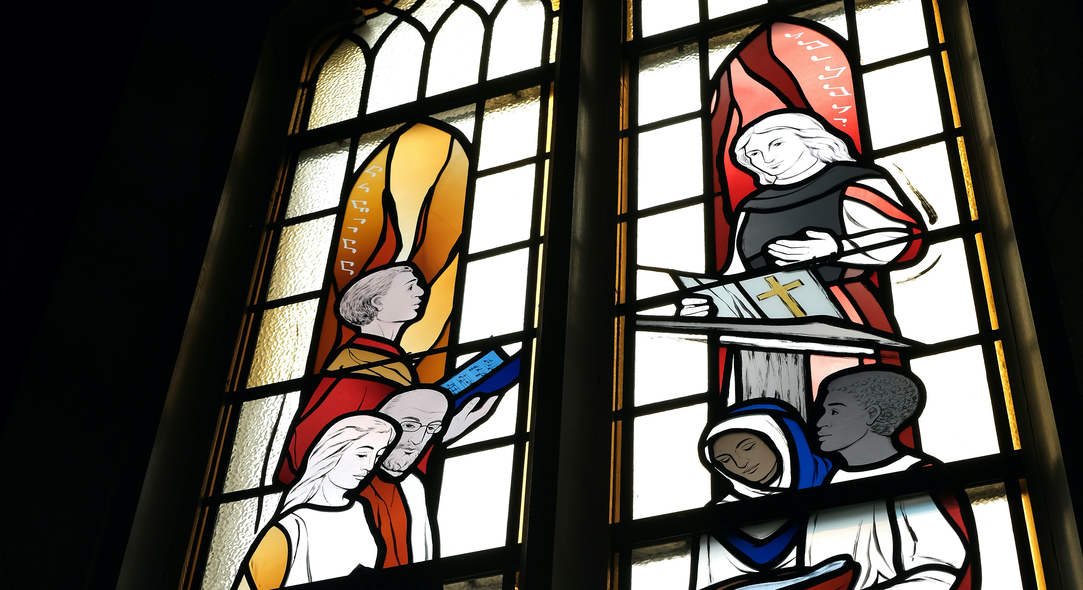This is God’s Wondrous World (tune: Terra Beata)
As times have changed, and language become more inclusive, we sing “This is God’s Wondrous World”. The original text for this hymn, “This is My Father’s World”, was penned by Maltbie D. Babcock (b. Syracuse, NY, 1858; d. Naples, Italy, 1901). Babcock graduated from Syracuse University, New York, and Auburn Theological Seminary (now associated with Union Theological Seminary in New York) and became a Presbyterian minister. He served the Brown Memorial Presbyterian Church in Baltimore, Maryland, and the Brick Presbyterian Church in New York City. In Baltimore he was especially popular with students from Johns Hopkins University, but he ministered to people from all walks of life. Babcock wrote hymn texts and devotional, poems, many of which were published in The School Hymnal (1899).
Franklin L. Sheppard (b. Philadelphia, PA, 1852; d. Germantown, PA, 1930) arranged the tune for Babcock’s text and published it in the Presbyterian church school hymnal
Alleluia (1915), edited by Sheppard (Babcock and Sheppard were friends). After graduating from the University of Pennsylvania, Philadelphia, Sheppard entered the family foundry business in Baltimore, Maryland, in 1875. He was organist at Zion Episcopal Church and later was an elder and music director of the Second Presbyterian Church in Baltimore. President of the Presbyterian Board of Publications, Sheppard also served on the committee that prepared the Presbyterian
Hymnal of 1911. In the history of hymnody he is remembered primarily for arranging the tune TERRA BEATA for “This Is My Father’s World.” TERRA BEATA is Latin for “beautiful world.”
Information sourced from:
—
I Love to Tell the Story (tune: Temple of Peace)
The text for this hymn was penned by Arabella Katherine Hankey (b. Clapham, England, 1834; d. Westminster, London, England, 1911). Arabella was associated with the Clapham sect of William Wilberforce, a group of prominent evangelical Anglicans from the Clapham area. This group helped to establish the British and Foreign Bible Society, promoted the abolition of slavery, and was involved in improving the lot of England’s working classes. Hankey taught Bible classes for shop girls in London, visited the sick in local hospitals, and used the proceeds of her writings to support various mission causes. Her publications include Heart to Heart (1870) and The Old, Old Story and Other Verses (1879).
The musical tune, Temple of Peace, was composed by William G. Fischer (b. Baltimore, MD, 1835; d. Philadelphia, PA, 1912). William’s career included working in the book bindery of J. B. Lippencott Publishing Company, teaching music at Girard College, and co-owning a piano business and music store–all in Philadelphia. Fischer eventually became a popular director of music at revival meetings and choral festivals. In 1876 he conducted a thousand-voice choir at the Dwight L. Moody/Ira D. Sankey revival meeting in Philadelphia. Fischer composed some two hundred tunes for Sunday school hymns and gospel songs, including the beloved tune for “I Love to Tell the Story”.
Information sourced from:
